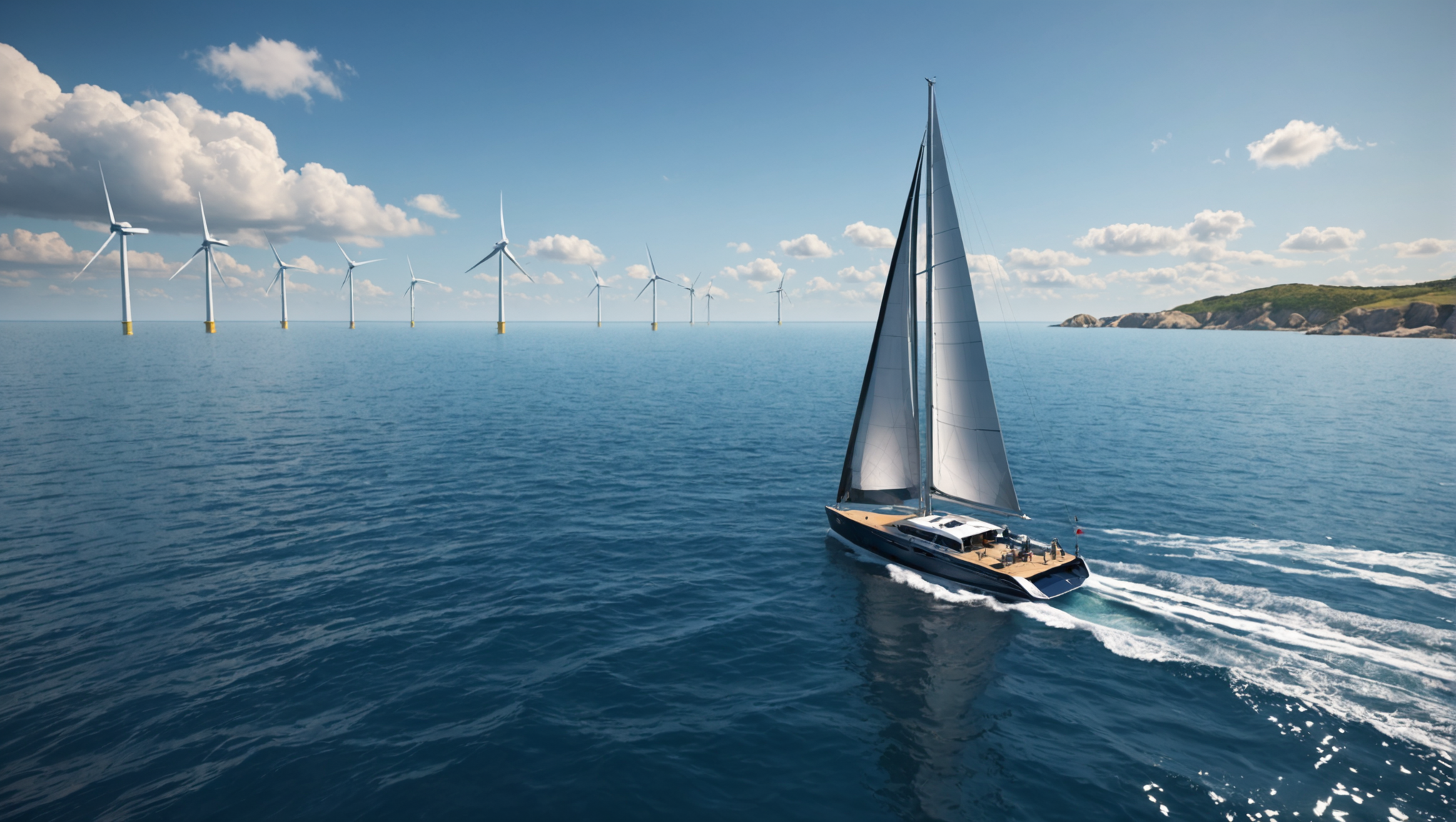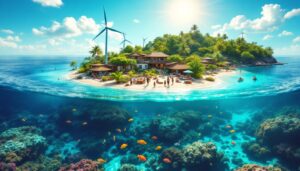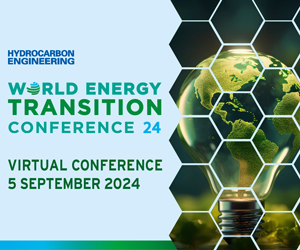Let’s dive into the heart of renewable marine energies, a source of energy promised for a sustainable and inexhaustible future. The growth of these innovative technologies is part of an exciting dynamic, where the oceans, which cover nearly 72% of our planet, are emerging as unexplored sources of energy. By transmitting the power of waves, tides and currents, marine energies represent an unprecedented opportunity to diversify our energy sources and reduce our dependence on fossil fuels.
These alternative solutions come in several forms, with projects in full development on the French coasts, aiming to reach a capacity of 5 gigawatts of marine energy by 2028. The commitment to a sustainable energy transition positions France as a key player on the international scene. THE renewable marine energies not only promise a sustainable energy future but also work to preserve our fragile environment. By integrating technologies that respect marine ecosystems, this sector becomes an essential ally in the fight against climate change. Let’s discover together how these emerging energies can transform our energy landscape and build a greener future.
THE renewable marine energies (EMR) are benefiting from renewed interest within the scientific and industrial community, and for good reason: they represent a real pragmatic opportunity to invest in a sustainable future. As the fight against climate change and the depletion of fossil resources becomes more and more pressing, the intelligent use of the vast resources offered by the seas and oceans seems to be a suitable response. Indeed, France aims to achieve an installed capacity of 5 gigawatts of marine renewable energy by 2028, marking a decisive step towards the integration of MRE into the national energy mix.
Table of Contents
ToggleThe marine renewable energy landscape
Marine renewable energies bring together several technologies intended to exploit the energy produced by natural marine elements. This notably includes tidal energy, which captures the movement of the sea linked to tides; wave energy, which harnesses the energy of waves; as well as the thermal energy of the seas, which is based on the temperature differences between surface and deep waters. According to recent studies, these resources can potentially provide significant quantities of energy, even inexhaustible on a human scale. Indeed, the oceans represent approximately 72% of the surface of the globe, thus offering an under-exploited source of energy which could revolutionize our relationship with electricity production.
To illustrate this trend, let’s take the example of the Saint-Nazaire floating wind farm project. This initiative combines traditional wind power with innovative marine technologies, offering a solution suitable for coastal areas. By 2025, this park could contribute to the production of more than 480 megawatts, thus providing around 700,000 homes with electricity. This development model has something to inspire other countries that wish to integrate MRE into their energy strategy.
The issues and challenges of marine renewable energies
As enthusiasm for marine renewable energy grows, it is essential to take into account the challenges that remain. There technology is constantly evolving and requires adequate industrial support to thrive. Currently, most marine energy production systems are still in the experimental or demonstration stages. This situation raises questions about the profitability and feasibility of these large-scale projects. Public-private partnerships, such as those promoted by local initiatives, can promote better collaboration between the actors involved, while stimulating funding adapted to research and development.
In addition, it is important to ensure that the development of MRE does not harm marine ecosystems. In order to preserve fragile ocean biodiversity, rigorous impact studies must be carried out before any deployment. Solutions such as surveillance technologies and low-tech instruments can help maintain a balance between the exploitation of marine resources and environmental protection. There are promising avenues for promoting sustainable aquaculture and respectful of marine ecosystems, thus contributing to diversifying our energy approaches while preserving the sea.
Strong commitment from local communities in these projects is also an undeniable asset. For example, initiatives such as the development of educational programs around EMR promote the involvement of young people in raising awareness of environmental and energy issues. Educational partnerships can thus encourage new vocations in sectors linked to marine technologies.
Future outlook and recommendations
In a context where the decarbonization of the economy becomes inevitable, marine renewable energies are asserting themselves as a key element of the energy transition. It is therefore crucial to strengthen financing mechanisms to support MRE projects. Blue financing, an emerging concept, offers sustainable investment solutions aimed at positively influencing maritime and coastal issues. A recent report discusses how this financial model could facilitate the implementation of MRE-based projects and boost coastal economies. This highlights the importance of a holistic approach to marine energy investments.
With this in mind, governments must also put in place appropriate regulations to facilitate the development of these technologies while respecting the needs of ecosystems. Of the public policies clear, supported by targeted subsidies, would help attract more investment in this booming sector. Additionally, encourage scientific research concerning technologies associated with MRE is essential to overcome technical and environmental obstacles.
Finally, the future of marine renewable energies appears promising if we manage to combine technological innovation, involvement of local communities and appropriate regulation. The oceans, both a source of life and a challenge, should become a frugal playground where solutions for a sustainable future come together. For a significant transformation of the global energy landscape, marine renewable energy must not be left out of the game. It is imperative to consider these new energy sources as an integral part of our future, both energetically and ecologically.

45 GW d'énergies marines renouvelables, c'est l'objectif que s'est fixé la France à l'horizon 2050. Mais comment l'atteindre ?
— RTE (@rte_france) November 29, 2023
Eclairages de Regis Boigegrain, notre Directeur Exécutif en charge de l'Ingénierie Interconnexions Réseau en Mer ⬇️ pic.twitter.com/Jw6jkXaLmF









